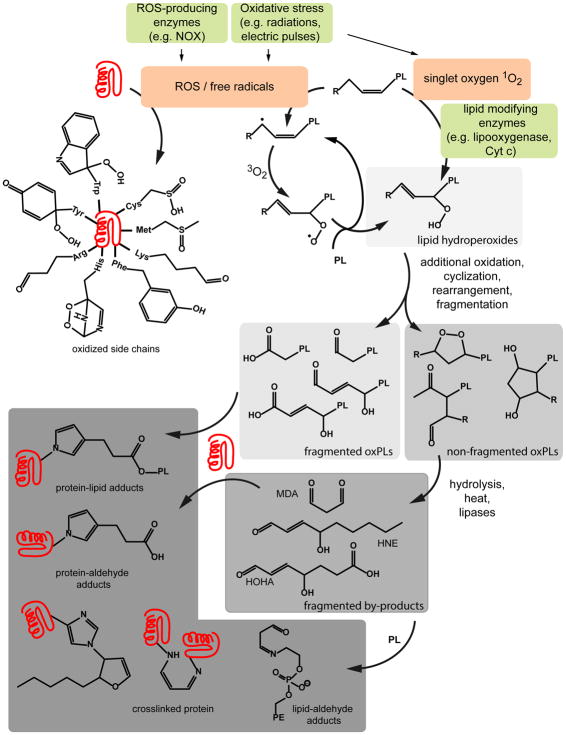Figure 1. Examples of the chemical reactions and lipid or protein products potentially generated during membrane oxidation.
ROS generated in the vicinity of the membrane can target the fatty acyl chain or the head group of phospholipids, or the side chains of membrane proteins leading to a plethora of new functionality in the bilayer. The most prominent reaction is the self-propagating peroxidation of lipid unsaturations (in the figure, the structure of phospholipids is simplified, with PL= phospholipid, R= a fatty acid chain, one fatty acid unsaturation is shown but several can be present, as in the case of PUFAs). The lipid hydroperoxides formed in this reaction can in turn generate cyclic, truncated, or fragmented oxidized lipids (OxPLs) (MDA, malonyldialdehyde; HNE, hydroxynonenal; HOHA, 4-hydroxy-7-oxo-5-heptenoic acid). Cellular nucleophiles, including protein side chains and the polar head of certain lipids (e.g. phosphatidyl ethanol amine, PE) can react with some of these oxidized products, further increasing the diversity and complexity of the species present.

